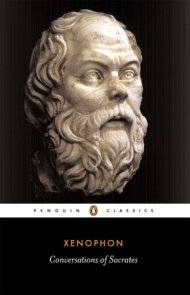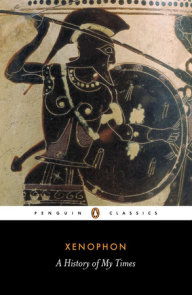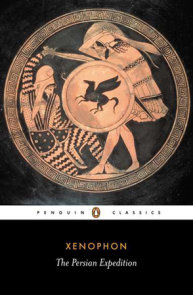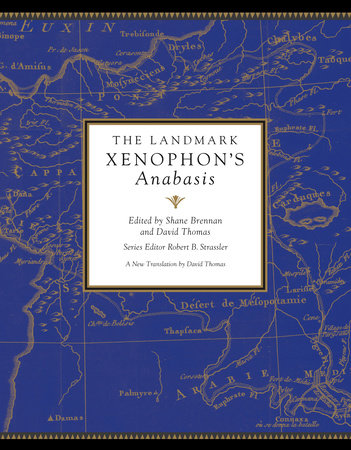

The Landmark Xenophon's Anabasis
By Xenophon
Edited by Shane Brennan and David Thomas
Series edited by Robert B. Strassler
By Xenophon
Edited by Shane Brennan and David Thomas
Series edited by Robert B. Strassler
Category: Ancient World History | Military History | Leadership

-
$50.00
Dec 07, 2021 | ISBN 9780307906854
Buy the Hardcover:
YOU MAY ALSO LIKE

The Life of Samuel Johnson
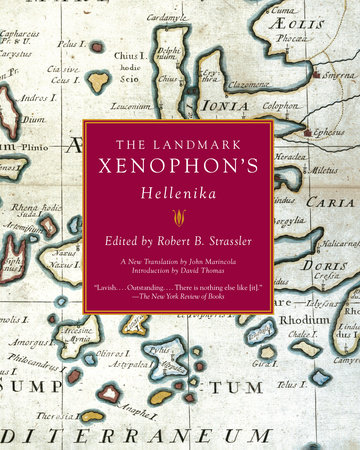
The Landmark Xenophon’s Hellenika

William Marshal
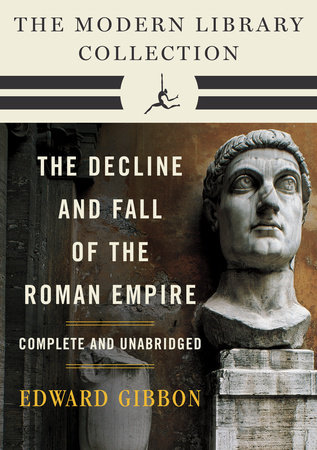
Decline and Fall of the Roman Empire: The Modern Library Collection (Complete and Unabridged)

The Decline and Fall of the Roman Empire, Volume I

Travelling Heroes
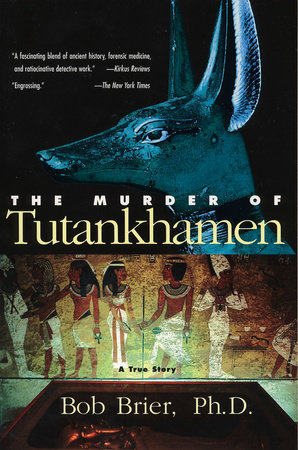
The Murder of Tutankhamen

The Persian Expedition

A Treasury of Asian Literature
Praise
“This is an ideal volume for novices of the subject … or for non-academic readers who enjoy the text for its own merits. . . . The remarkably detailed Index at the end of the volume, a virtually complete index of all people, places, events, and concepts in the Anabasis, will be useful to all readers studying the text. . . . An excellent addition to the study of Xenophon’s works. Its comprehensive but readable nature lends itself to students of all backgrounds.”
—Bryn Mawr Classical Review
“The Landmark series presents classics of ancient history . . . in a format that makes even annotated editions look skimpy. Maps, photographs, explanatory notes, extracts from related documents, extensive bibliographies and an encyclopedic index consequently add deep context.”
—The Washington Post
“In his eyewitness account, Xenophon’s engaging descriptions of battles and of the highs and lows of the march are a classic illustration of what ancient writers termed enargeia, “vividness.” This quality is one reason why his Anabasis has retained its appeal to readers over the centuries. Another is the book’s value as a mine of historical geography. A further element in its enduring appeal is its engagement with themes of interest to Xenophon and his audience. These were topical, but also in many cases timeless. Xenophon does not present his lessons as such, but embeds them in colorful vignettes that are rooted in events that took place on the march.
“It is a measure of [Xenophon’s] craft as a writer that a reader can enjoy the story without feeling distracted by, or even being aware of, the underlying themes driving it. Likewise the complex narratorial structure of the text, where Xenophon has several presences (author, narrator, the character “Xenophon” and the historical persona behind this figure), does little to disrupt the story. While literary scholars are kept engaged by the text, some identifying themes and concerns in the work, others reading between the lines to uncover hidden meanings, its durability ultimately resides in its telling of a human story of ambition, adversity and triumph.
A classic is classic, Ezra Pound wrote, “not because it conforms to certain structural rules, or fits certain definitions (of which its author had quite probably never heard). It is classic because of a certain eternal and irrepressible freshness.” ”
—Lit Hub
“Philosopher-warrior Xenophon’s 4th-century BCE Anabasis, edited here by historians Brennan and Thomas, comes packed with the Landmark series’ trademark commentary and scholarly analysis. Lengthy footnotes supplement each passage, highlighting the traditional summaries of the text compiled by scribes over the ages. This edition features helpful maps too, for students unfamiliar with the distance and geography of the ancient world’s city-states. The appendices shed further light on what we know about Xenophon and his relation to Socrates, among other in-depth revelations about Anabasis. The translated prose reads easily and rolls from passage to passage quickly, while the edition’s scholarly material brings secondary sources into one tremendous research springboard. The book ends with a glossary and an extensive list of sources cited, which serves as a starting point for further research. History, literature, and classics departments will be grateful for this edition’s supplementary teaching and research material.”
—Library Journal
Table Of Contents
Introduction by Shane Brennan xiii
List of Xenophon’s Writings li
Editors’ Preface by Shane Brennan and David Thomas liii
Features of this Edition liii
The Map Scheme and Route of the Army lv
Acknowledgments lxi
Summary by Book and Chapter lxv
Key to Maps and Diagrams lxx
Book One 1
Book Two 49
Book Three 79
Book Four 109
Book Five 149
Book Six 185
Book Seven 215
Epilogue by Shane Brennan 263
Appendix A: Xenophon and Socrates, Robin Waterfield, Lakonia, Greece 267
Appendix B: Xenophon and Sparta, Paul Cartledge, University of Cambridge 277
Appendix C: The Persian Empire, Christopher Tuplin, University of Liverpool 286
Appendix D: The Persian Army, Christopher Tuplin, University of Liverpool 296
Appendix E: Panhellenism, Vivienne J. Gray, University of Auckland 306
Appendix F: Thrace, Zosia H. Archibald, University of Liverpool 313
Appendix G: Divinity and Divining, Michael A. Flower, Princeton University 319
Appendix H: Infantry and Cavalry in Anabasis, Peter Krentz, Davidson College 327
Appendix I: The Size and Makeup of the Ten Thousand; David Thomas, Buckinghamshire, UK 335
Appendix J: A Soldier’s View of the March, John W. I. Lee, University of California, Santa Barbara 342
Appendix K: The Noncombatant Contingent of the Army, Emily Baragwanath, The University of North Carolina at Chapel Hill 351
Appendix L: The Battle of Cunaxa, David Thomas, Buckinghamshire, UK 359
Appendix M: Other Ancient Sources on the Ten Thousand, David Thomas, Buckinghamshire, UK 366
Appendix N: Xenophon and the Development of Classical Historiography, John Dillery, University of Virginia 375
Appendix O: Ancient Greek and Persian Units of Measurement, Thomas R. Martin, College of the Holy Cross 383
Appendix P: The Route of the Ten Thousand, Shane Brennan, American University in Dubai 393
Appendix Q: The Chronology of the March, Shane Brennan, American University in Dubai 405
Appendix R: The Legacy of Xenophon’s Anabasis, Tim Rood, University of Oxford 413
Appendix S: Selections from The Library of History of Diodorus Siculus Relevant to Anabasis, Translated by Peter Green, University of Iowa 420
Appendix T: Selections from Plutarch’s Life of Artaxerxes Relevant to Anabasis, Translated by Pamela Mensch, New York, NY 435
Appendix U: Selections from Photius’ Synopsis of Ctesias’ Persika Relevant to Anabasis, Translated by Pamela Mensch, New York, NY 445
Appendix V: Diogenes Laertius’ Life of Xenophon, Translated by R. D. Hicks 448
Appendix W: Brief Biographies of Selected Characters in Anabasis, David Thomas, Buckinghamshire, UK 453
Translator’s Notes by David Thomas 487
Ancient Sources Cited in this Edition 507
Glossary 517
Selected Bibliography 523
Figure Credits 531
Index 533
Reference Maps and Directory 583
21 Books You’ve Been Meaning to Read
Just for joining you’ll get personalized recommendations on your dashboard daily and features only for members.
Find Out More Join Now Sign In








